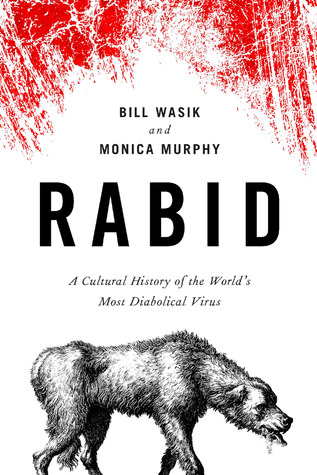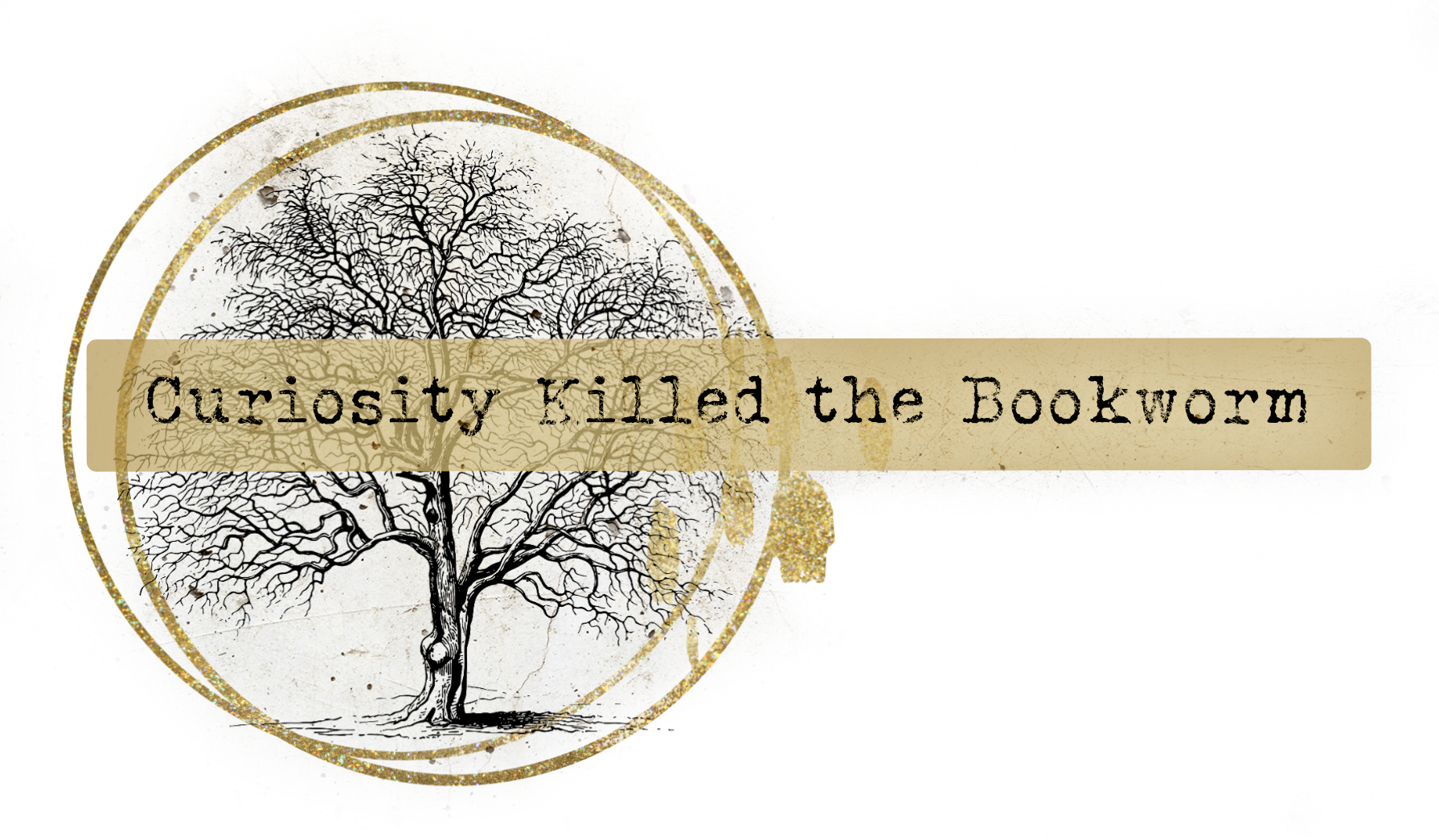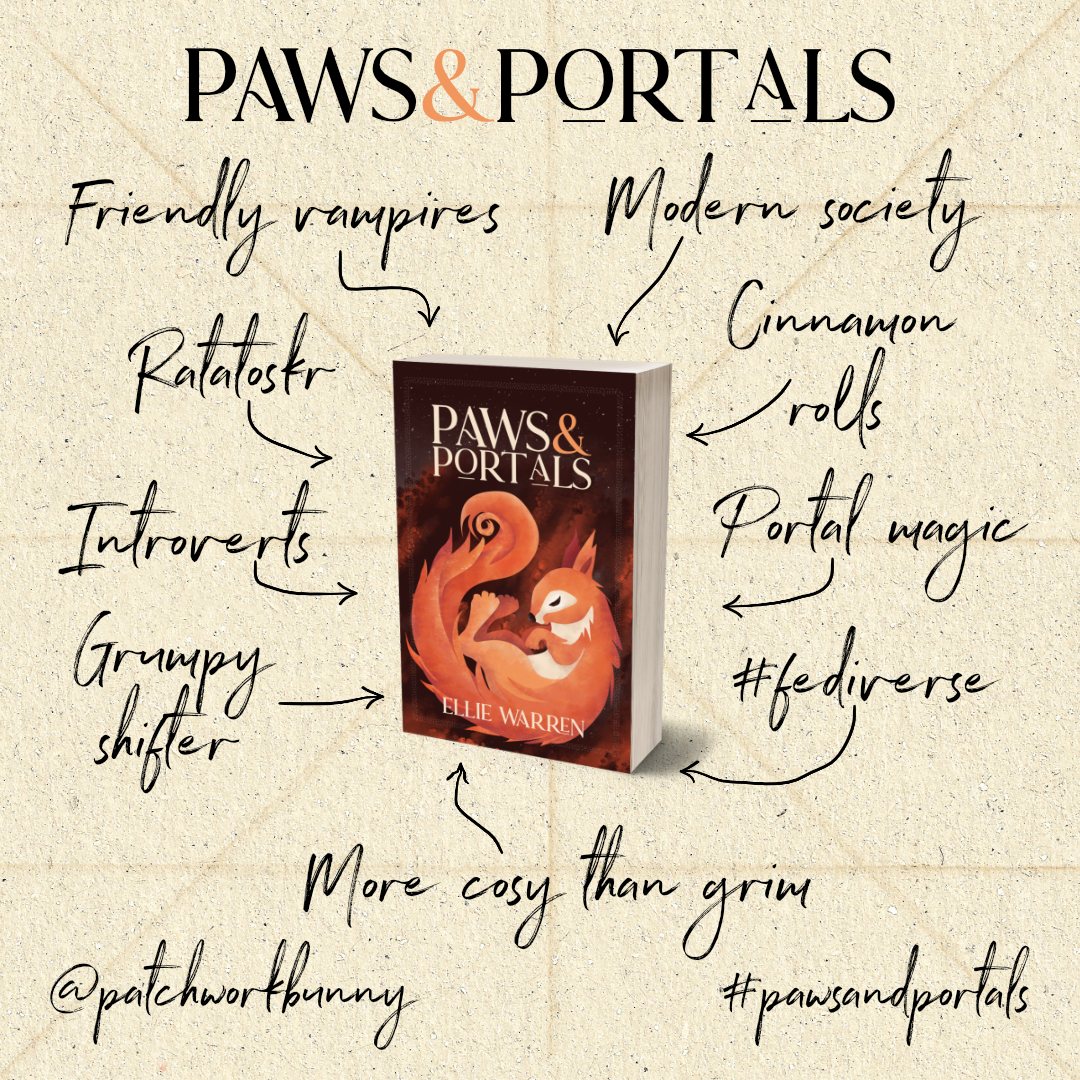
Rabies is one of history’s most feared and most misunderstood diseases. Despite its eradication in first world dogs, it still lives on in wild animals and in the developing world. And there is still no cure. From the battlefields of the Iliad to 21st century American hospitals, rabies has a long and varied pedigree of influencing human lives.
This is a fascinating and entertaining look at rabies throughout both history and culture. It may be obvious but if you get upset by the thought of dogs suffering, you might want to avoid this book. Rabies is after all a canine disease, one that is inherently linked with dogs in our psyche, for very good reason, which this book explores. Not only the disease is distressing but there has been a lot of violence towards man’s best friend in the name of rabies too.
The book is split up into themed chapters. After a thorough introduction, rabies is traced through Greek mythology applying our modern understanding of the disease to sudden and inexplicable rages in the Iliad and beyond. Next up, a journey through the Middle Ages and all the weird and wonderful treatments, mostly ineffective, often harmful, that physicians of the time inflicted on sufferers. If you’re faint-hearted you will probably jump ship here (and that’s for the best, rabies isn’t a pleasant illness).
I was looking forward to the chapter on the links between rabies and the myths of vampires and werewolves. From the very first page, the accounts of rabid animals bring zombies to mind and again and again, the tales of animal transformation are mentioned in its history. But the authors dismiss the link all too easily. They say that the tales of werewolves and vampires have too many differences to be describing those infected with rabies. They are missing one key element here; the human tendency to embellish stories. They change with time, especially oral folk stories. And another bit of “evidence” that they aren’t linked directly contradicts something in an early chapter. Werewolves who were captured and interrogated, were lucid once they turned back into men and this would be impossible if they were actually rabid. Yet we have already been told that nearing the end of the disease, the victim can have moments of lucidity.
My favourite chapter was the story of Louis Pasteur, who is most well known for giving us pasteurisation. Here, it follows his work on creating the rabies vaccine and the legacy he left behind. I seriously found myself getting emotional by the end. It’s amazing the difference in generosity between the early days of pharmaceuticals and now.
The book does seem to cycle back round to the fictionalisation of rabies in literature, and is much happier to attribute I Am Legend’s vampires, and the zombies that sprung forth in later works, to rabies. Which made me even more annoyed about those werewolves! But going forward, there are tales of survivors and the one experimental treatment that could save you if you don’t get the vaccine early enough. I know for sure if I’m ever stupid enough to get bitten by a rabid bat and not get post-exposure vaccinations, I’m going to be taking this book along to the hospital with me and demand to be put in a coma!
There is also a case study of Bali’s more recent rabies outbreak and a conclusion that touches on some interesting medical research that’s going on right now. It does meander a little bit and go off on tangents that seem a bit off topic at first. Still, if the tangents are things you’re interested in, they are worth it; I liked reading about Polidori and psychology of the human relationship with dogs. Just don’t expect a focused essay on rabies.
Rabid is not currently published in the UK but you can get your hands on the US paperback easily if you fancy reading it.
Also reviewed @ The Book Garden
Source: Won from The Book Garden
Related posts
10 Comments
Leave a ReplyCancel reply
This site uses Akismet to reduce spam. Learn how your comment data is processed.






I don't actually know much about rabies, this sounds interesting. It does seem like the author missed a trick by not exploring the werewolf link, though.
Well there is a whole chapter on them so you get lots of werewolf tales and the similarities to rabies. It's just an odd conclusion they came to. Like maybe the werewolves were real rather than stories inspired by rabies.
This sounds like a really cool book. I worked in a veterinary clinic all through high school. Despite many dogs under "Rabies Watch" and many, many more deceased dog bodies sent for testing, we never saw a case. It was always in the back of our minds though.
I think in my mind I've always known bats have it but otherwise we're prett safe on our little island. But it's interesting to see how easily it can get out of hand (Bali in this case).
This is really fascinating, especially because I've noticed the link in ancient mythology and more recent horror lit. It's a nasty disease and (as a dog owner) certainly one to be fearful of. I've always liked books that merge scientific fact alongside myth/legend, so I'd be interested in picking this one up. Great review!
I definitely think you would enjoy this one. It's amazing how influential rabies must have been to our current day urban fantasy!
WANT WANT WANT. Haha, I've been waiting for this review ever since I spotted it in one of your 'Incoming!' posts! It's has been on my wishlist since waaaay back when I read Chuck Palahniuk's 'Rant', where the main character has an addiction to deliberately getting himself bitten by rabid and diseased animals. Rabies is such a scary thing to still be around these days, so tracing it through history and literature should make for an interesting read…
If I knew you were waiting, I would have read it faster! Yeah I read rant pre-blog days, though it's gone a little fuzzy in my brain now. It's a shame it hasn't been picked up by a UK publisher…maybe they don't think we're interested in rabies any more now it's been banished. THEY ARE WRONG!
Oh wow. This sounds FASCINATING.
So how graphic is the descriptions of dogs suffering, and does it have pictures?
I've just realised that that sounds like I'm hoping for the above, when actually I'm NOT a crazy person and I'm asking because I DON'T want to see that.
So there 🙂
It's not gratuitous but there's a lot of dying dogs in it, sometimes perpetrated by people bashing them over the head. There are pictures but not of dead dogs… There's a great 16th century illustration of a werewolf eating the village folk!